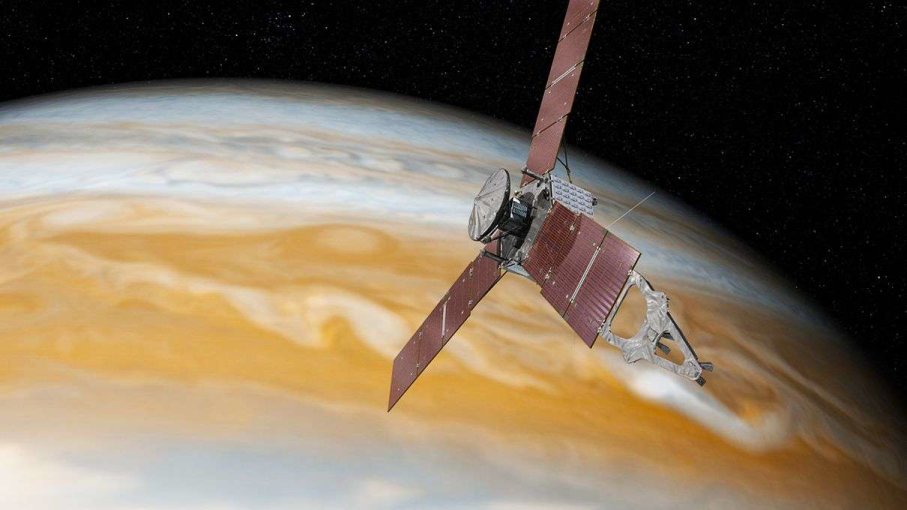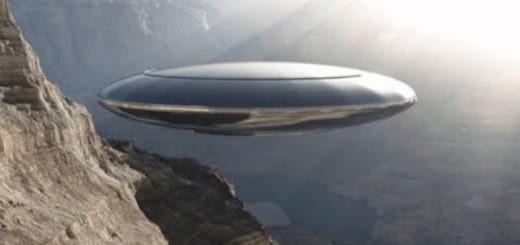NASA’s Juno Spacecraft Arrives at Jupiter on Monday, July 4

Since August 5, 2011, when Juno rocketed off the Earth’s surface, the space probe has been on its way to Jupiter to learn as much as we can about the planet’s origin and evolution. On Monday, July 4, it will arrive at its destination.
We’ve been able to observe Jupiter with telescopes for centuries, and have been able to discern a good deal about the largest planet in our solar system. But by establishing itself in orbit around the planet, Juno will be able to see beneath the churning clouds of Jupiter. It will be able to determine the amount of water in the atmosphere, helping explain planetary formation. It’ll look into the magnetic and gravitation fields, examine the motion and composition of clouds, and even examine the properties and affects ultraviolet auroras at Jupiter’s poles.
(In a nice piece of timing, the Hubble Space Telescope is currently examiningcurrently examining, too.)
Thursday, June 30, was an important day for Juno. That’s when the solar-powered space probe breached Jupiter’s magnetosphere — the region of space in which the planet’s magnetic field holds the most sway. Though it’s invisible to the human eye, Jupiter’s magnetosphere is the largest structure in our solar system, and if we could see it from Earth it would look like a glowing teardrop in the night sky twice as large as the full moon. Scientists believe the source of Jupiter’s powerful magnetic field lies deep in the atmosphere, and Juno will examine the supercompressed fluid known as metallic hydrogen that conducts electricity and contributes to the magnetosphere.
Jupiter has some serious radiation belts for Juno to contend with, thanks to the massive magnetic field created by the gas giant. And not only does Juno have to shield its instruments from solar wind (energized particles emitted from the sun), it also faces radiation created when the volcanic moon Io spits gas into Jupiter’s magnetosphere where it too becomes ionized and energized.
Juno switched to autopilot the afternoon of Friday, July 1. The probe executed a burn of about 35 minutes to decelerate and position itself into orbit around Jupiter’s northern pole on Monday. After orbiting Jupiter 37 times over the next 20 months, the probe will crash into the gas giant in February 2018.
To learn more about Juno and its mission, check out this video from NASA:



 Creators of mankind
Creators of mankind Description of “Tall white aliens”
Description of “Tall white aliens” Where they came from?
Where they came from? About hostile civilizations
About hostile civilizations The war for the Earth
The war for the Earth “Tall white aliens” about eternal life
“Tall white aliens” about eternal life Video: “Nordic aliens”
Video: “Nordic aliens” Aliens
Aliens Alien encounters
Alien encounters The aliens base
The aliens base UFO
UFO Technology UFO
Technology UFO Underground civilization
Underground civilization Ancient alien artifacts
Ancient alien artifacts Military and UFO
Military and UFO Mysteries and hypotheses
Mysteries and hypotheses Scientific facts
Scientific facts


















